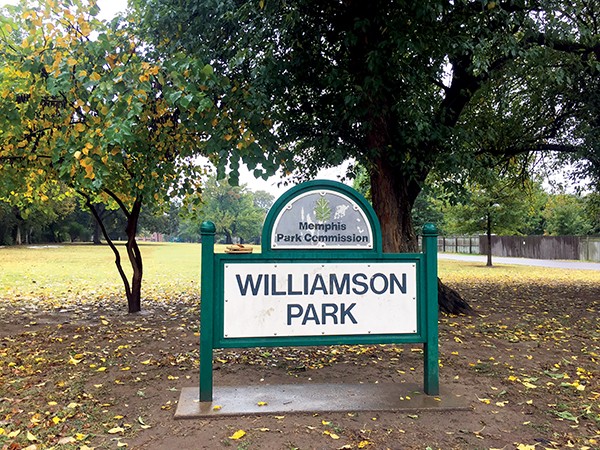The common thread to the minimum-wage increases seen recently in New York, Los Angeles, and Seattle, are hours of testimony from low-wage workers from both public- and private-sector jobs.
This past Tuesday, Tennessee residents and elected officials held the first Tennessee wage board hearing, where workers receiving the federally mandated minimum wage of $7.25 an hour had the chance to share their testimonies of economic strife.
“We can’t talk about civil rights, and we can’t talk about human rights without talking about economics,” state Rep. G.A. Hardaway said.
The board hearing was scheduled after the Flyer‘s press time, but Hardaway said the board was set up to allow elected officials to hear from the people most impacted by low wages.
“If we’re going to present legislation, we need to hear from the folks that it impacts in order for the message to persuade your colleagues,” Hardaway said. “They need to know who’s going to be impacted the most. Let them witness how it’s going to change lives.”
Hardaway sat on the wage board, along with Memphis City Councilman Myron Lowery; the Rev. Keith Norman of First Baptist Church-Broad; Cherisse Scott, founder and CEO of SisterReach; and Dr. David Ciscel, a retired economics professor from the University of Memphis.
According to Hardaway, after his election to office in 2007, his values have centered around education and economics. In 2014, when Hardaway proposed a bill for an incremental minimum-wage increase, which was ultimately voted down in the Tennessee House, he became familiar with citizen action groups such as Show Me $15.
Show Me $15 is the local affiliate of the national Fight For $15 campaign, which has expanded from an initial mission to organize fast-food workers to include more low-wage workers such as home health-care professionals and even adjunct college faculty. It’s their stories from the frontlines of minimum wage earnings that Hardaway wants heard.
The debate over raising the minimum wage to $15 is national and divided. The latest Pew Research Center reports from 2014 show that a minimum-wage increase is a popular idea, with 90 percent of Democrats and 71 percent of Independents in favor of increases. The issue is more divided among Republicans, with 53 percent in favor of a wage increase and 43 percent opposed.
It’s important to note, however, that these Pew numbers are in response to last year’s failed Democrat-backed proposal to raise the minimum wage to $10.10 an hour.
Raising the wage to $15 an hour is another beast entirely, and Ciscel finds optimism in the years-long adjustment period that he believes workers will likely face during the battle for increasing wages.
“So, while we actually want to see a minimum wage go from $7.25 to $15 an hour, the actual wages that we are talking about are moving from the mid-$8s and mid-$10s,” Ciscel explained.
Not every low-wage worker is earning $7.25 an hour, and Ciscel asserts the increases from the slightly higher ranges of $8.50 to $10 an hour pose less of an economic threat than some might think.
“Historically, as we move the minimum wage up, it means that people have more spending power, and, in fact, it means that new jobs are created through that spending power,” Ciscel said. “What people are trying to scare folks on right now is that short-run adjustment from when you move up to $15 dollars an hour from that $7.25. It’s not going to happen like that for most workers. You’ll have a period of adjustment.”
 Bianca Phillips
Bianca Phillips 